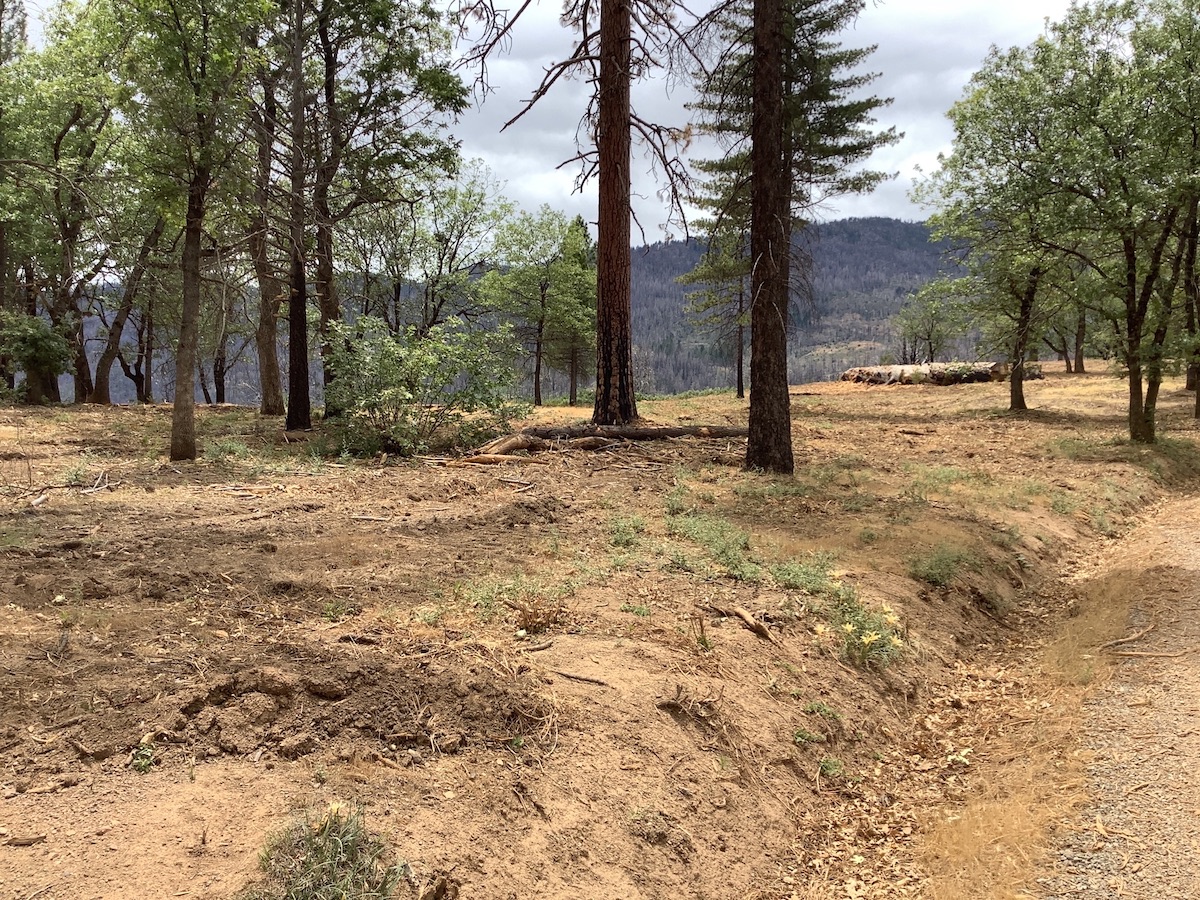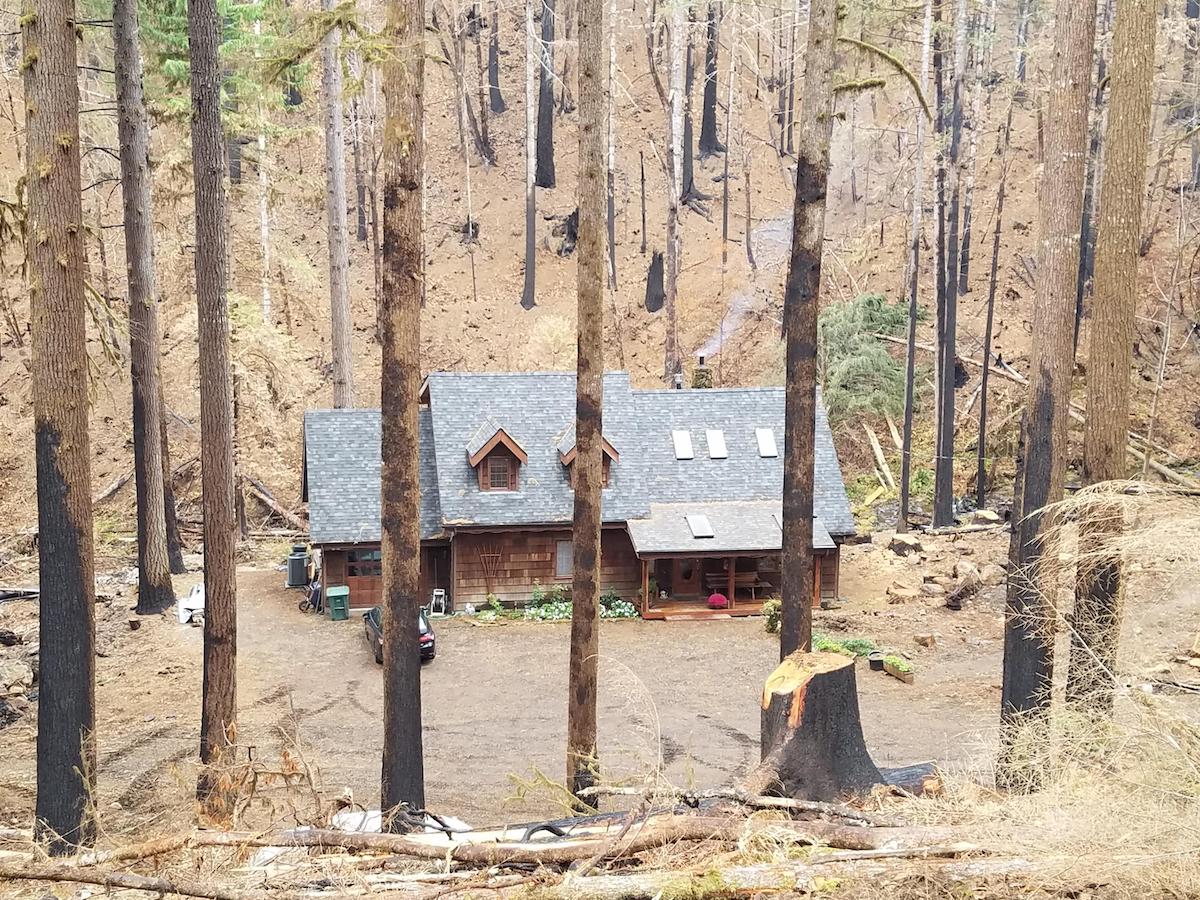Sequoia National Forest Restoring Rough Fire Area With Partners

Sequoia National Forest Restoring Rough Fire Area With Partners
Contractors have begun implementing about 1,340 acres of an approximately 4,900-acre restoration project in the footprint of the 2015 Rough Fire affecting the Kings River drainage in Hume Lake Ranger District. The project is a partnership with the Great Basin Institute and American Forests, with funding from CAL FIRE’s Forest Health Program.
RESOURCES
Drill down into more details from the USFS on the Rough Plantation Restoration and Maintenance Project
U.S. Forest Service makes progress on 795 acres of fuels reduction on the Mendocino National Forest

U.S. Forest Service makes progress on 795 acres of fuels reduction on the Mendocino National Forest
U.S. Forest Service (USFS) land managers are making progress on 445 acres of fuels reduction on the Grindstone Ranger District and about 350 acres on the Upper Lake Ranger District.
Fuels reduction projects like these are examples of the kind of work and partnerships that the Mendocino National Forest will be building on to meet the USFS ambitious plan to treat millions of acres over the next 10 years.
The goal of fuels treatments is to reduce fuel loadings. When fuel loads are low, wildfire burns at a lower intensity. In the event of a wildfire, areas treated for fuels give firefighters a safer place to build lines to contain a wildfire.
RESOURCES
Preparing to Apply for Community Wildfire Defense Grants

Preparing to Apply for Community Wildfire Defense Grants
The Wildfire and Forest Resilience Action Plan calls for increasing assistance programs and partnerships to help local communities reduce risk, improve preparedness and foster resilience.
The Fire Adapted Communities Network and Headwaters Economics have created a primer designed to help communities navigate the U.S. Forest Service’s recently launched a Community Wildfire Defense Grant (CWDG) Program.
RESOURCES
California Fire Safe Council: Community Wildfire Protection Plans
USFS Wildfire Defense Grants
Forest Sector Workforce In The News

Forest Sector Workforce In The News
Local Community Colleges are offering opportunities to grow and strengthen California’s Forest Sector Workforce.
Shasta College — received 3.3M for expansion of Forest Health Programs
Feather River College — is now offering employees an annual $1,000 incentive to any employee that holds a Wildland Firefighter Certification
The Tahoe Fund — is awarding a scholarship to every student in Lake Tahoe Community College’s new Forestry Program
RESOURCES
August 9th, 2022: Shasta College
August 9th, 2022: The Tahoe Fund
